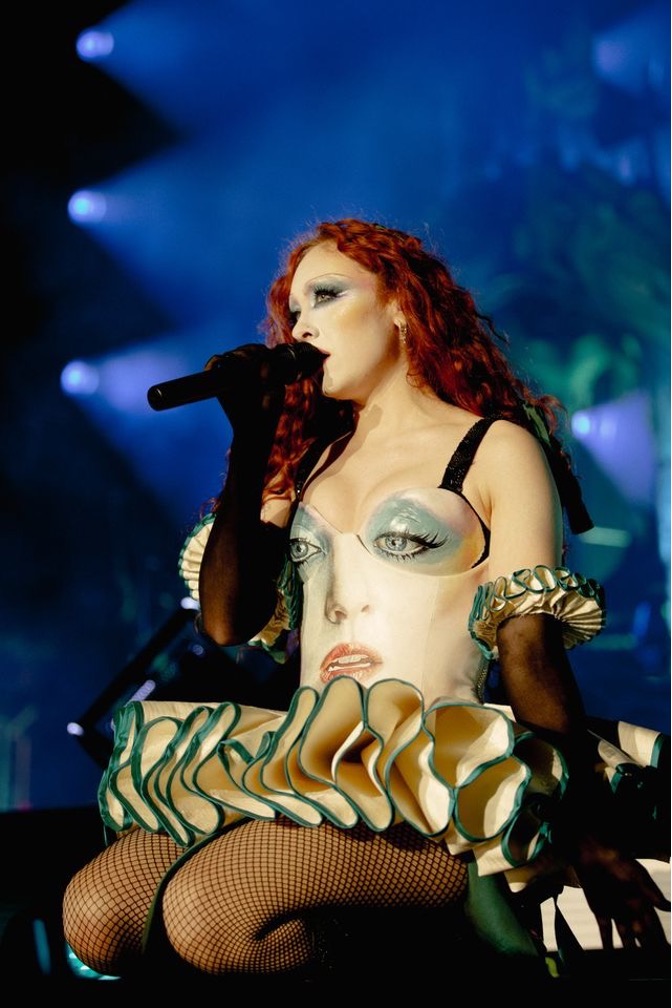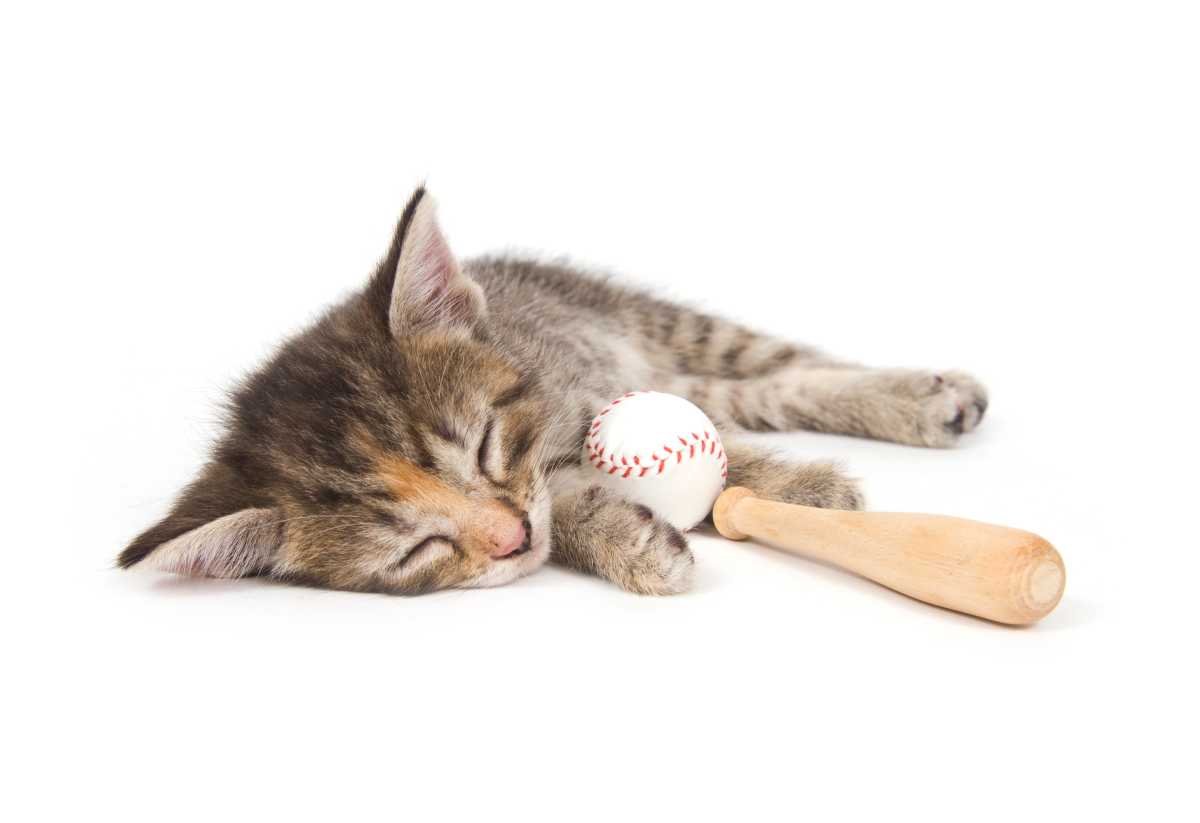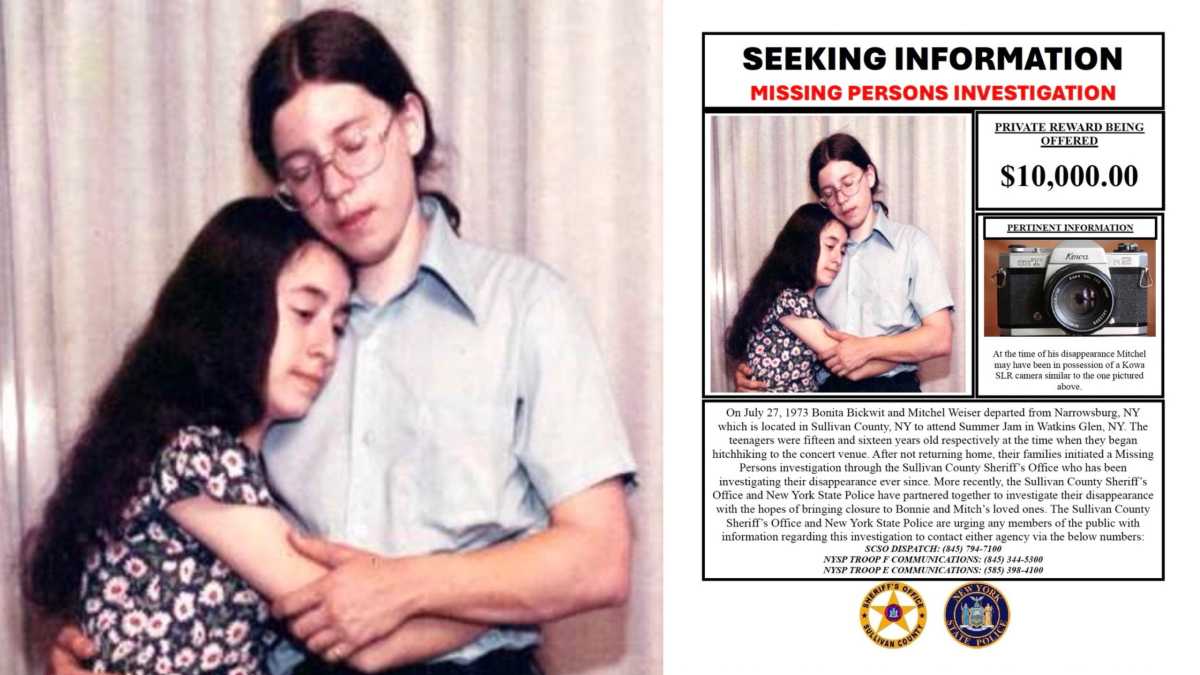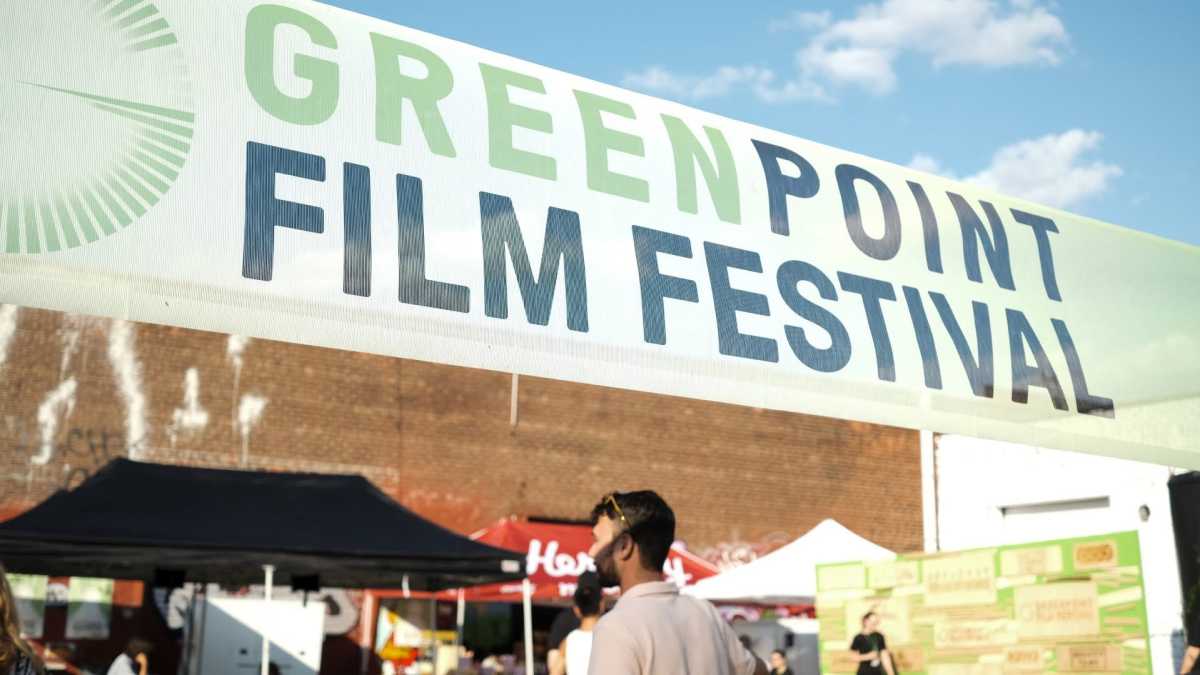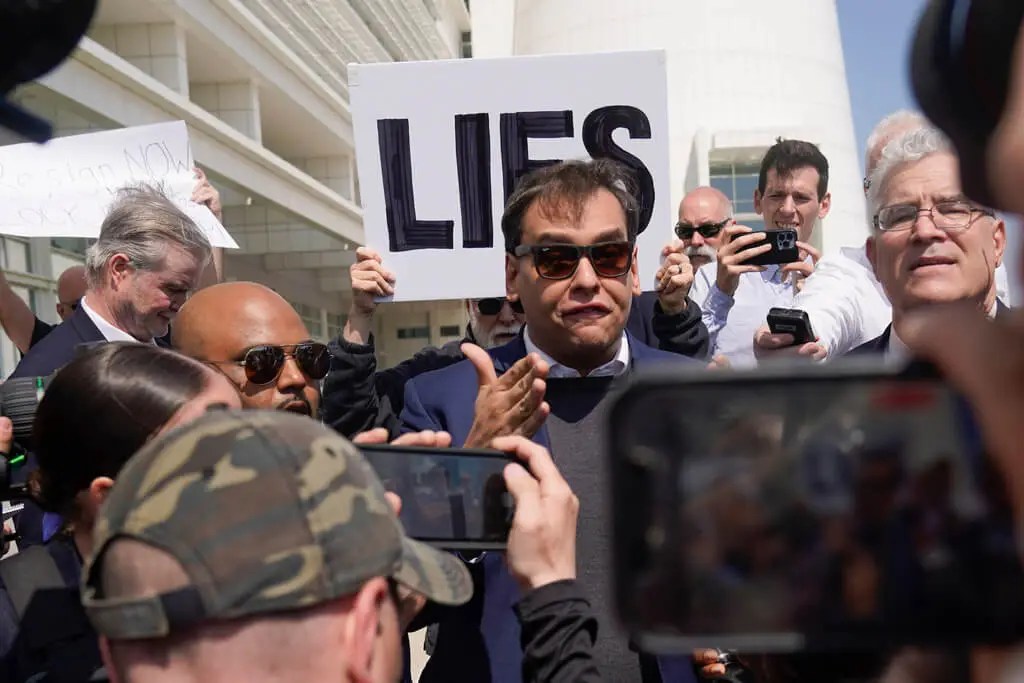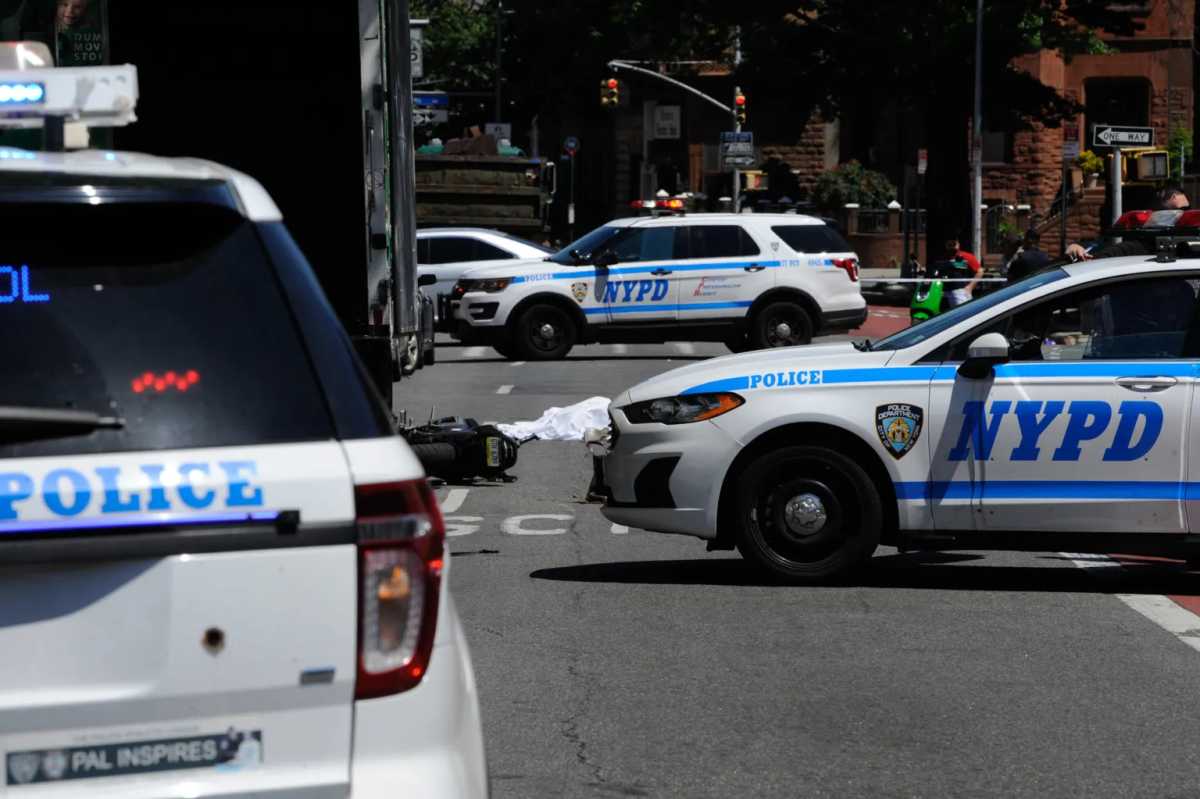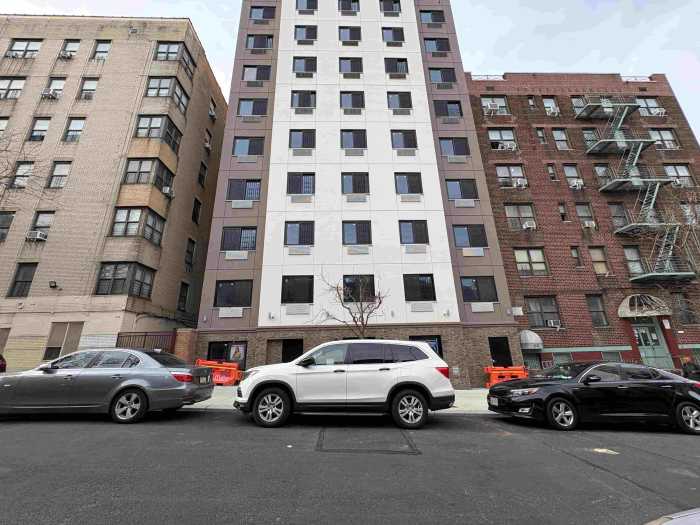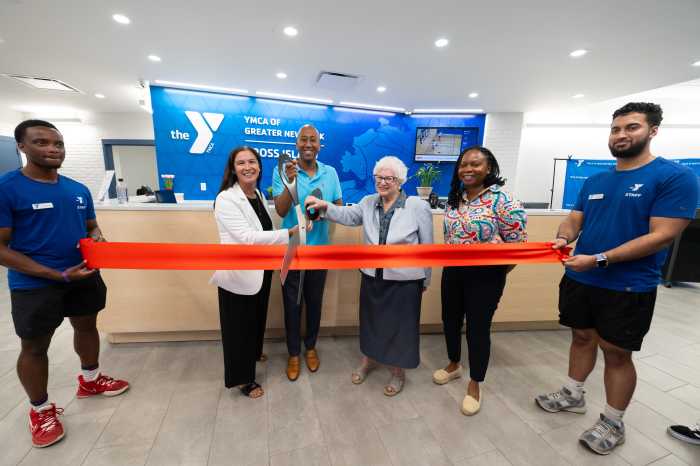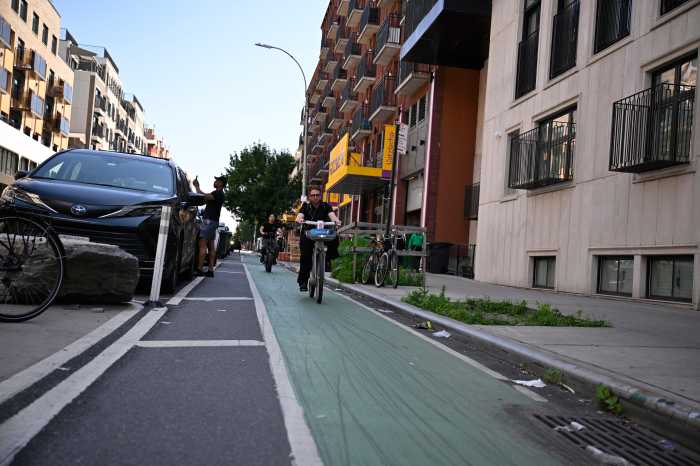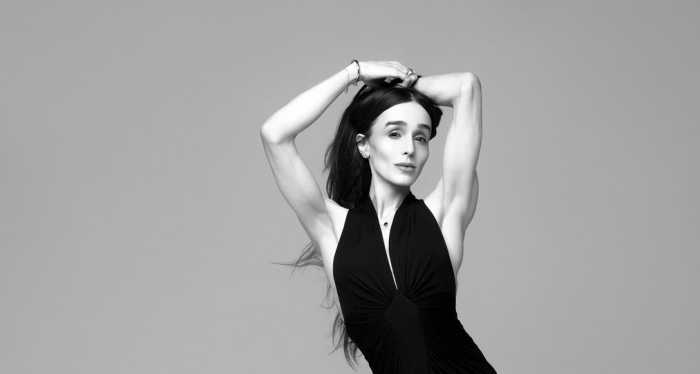The papal conclave began in Rome on May 7 with prayers and ceremony as New York’s Cardinal Timothy Dolan and 132 brethren began deliberating potential candidates to succeed the late Pope Francis as leader of the Roman Catholic Church.
The College of Cardinals gathered at the Vatican on Wednesday morning, New York time, for Mass and prayers at the Sistine Chapel. Afterward, Dolan and the other cardinals took a solemn oath before cameras and the cross to uphold the conclave rules.
Once all cardinals had taken their oaths, the chapel was cleared of all press, ministers and other visitors. Only the cardinals and two church leaders remained behind closed doors to begin the secretive, prayerful deliberation to choose the new Bishop of Rome.

All eyes then turned to the chimney of the Sistine Chapel, where colored smoke billows after a vote had been completed. White smoke marks the election of a new pope with the approval of two-thirds of the cardinals voting; black smoke signals an unsuccessful vote.
As expected, the first vote on Wednesday concluded with black smoke, and the cardinals retired for the rest of the day.
How long will conclave take?
The conclave will meet daily and vote multiple times starting Thursday until a new pope is elected. The secretive conclave was documented in the 2024 fictional drama of the same name, but the process shown in the movie is similar to what the cardinals will experience in real life.
The votes are cast by secret ballot and are burned after each round of voting. The cardinals are cloistered at the Vatican, with little to no contact with the outside world, so they can deliberate amongst each other on the future of the Catholic Church.
No one is certain how long that process will take, but in a Catholic Channel radio interview Tuesday night, Cardinal Dolan guessed that it could take several days.
“I’m guessing, it’s going to take – now, I don’t mean it’s going to be a week – but three or four days? I wouldn’t be surprised. That’s how many pairs of socks I got,” he joked.

Dolan, the faithful leader of more than 2.8 million Catholics living in the Archdiocese of New York, is the city’s lone representative with a vote at the conclave. He participated in the previous conclave in 2013 that led to the election of Pope Francis to succeed Pope Benedict XVI, who had resigned that year.
In his May 6 radio interview, the cardinal gave some insight into the conclave and the days leading up to it. In trying to find the next pope, he noted, the cardinals often engage in conversations to learn more about who might be the right candidate.
“You invite each other out,” Cardinal Dolan said of the process. “Either I’ve invited people out or they’ve invited me. And you’re pretty blunt. Now, we’re not, you know, we’re not horse trading here. We’re saying, ‘Tell me about this guy. You’re from Latin America. Go through the list of bishops. Tell me some of these fellas. Am I right to be enchanted by this guy?’”
It’s no surprise, therefore, that Cardinal Dolan gave no indication in his May 6 interview of how he would vote or what he would be looking for in the next pontiff.
“This time people say, ‘Oh, do you have a problem choosing a candidate?’ I’m saying, ‘Yeah, not, because there’s not enough of them, but because there’s quite a few of them,'” Dolan said. “And so when I go through the guys that impressed me, the guys I’ve got to know, the guys about whom I’ve consulted, the guys about whom I’ve read what they’ve said. And you know, there’d be a half dozen or so guys that I could say, ‘He would not be bad.'”



























